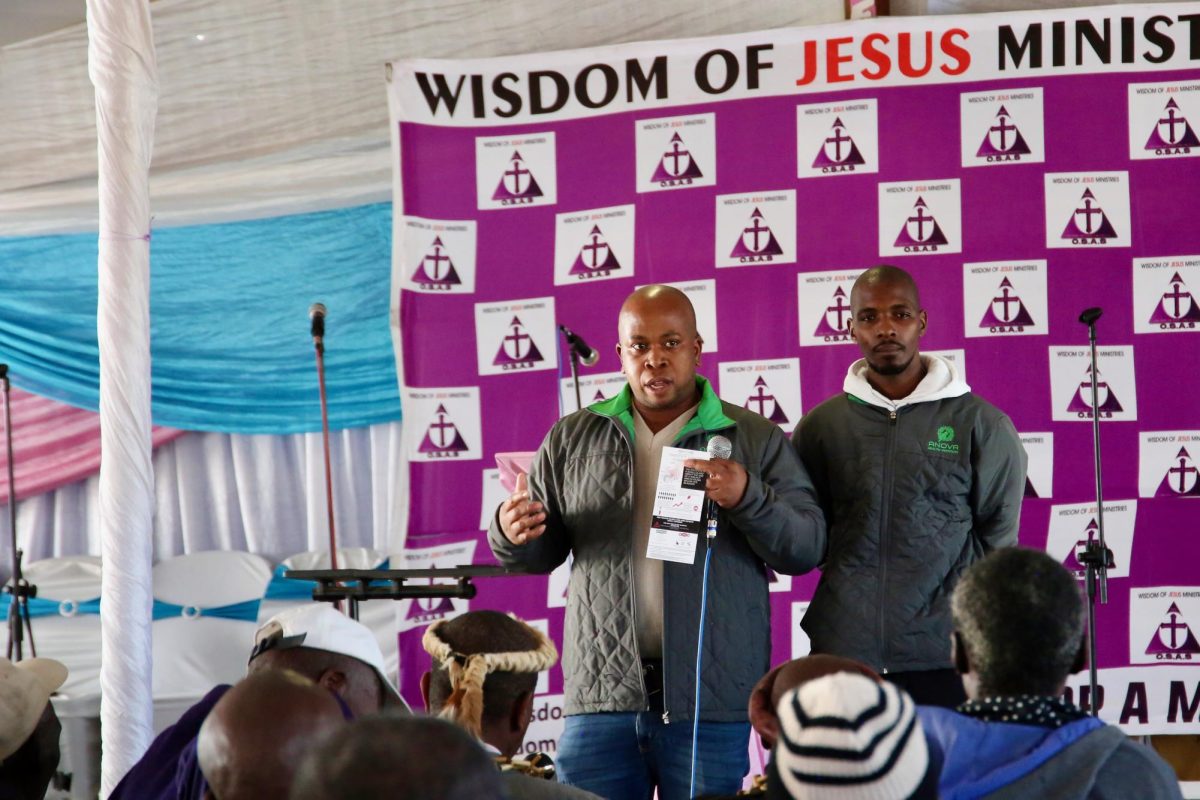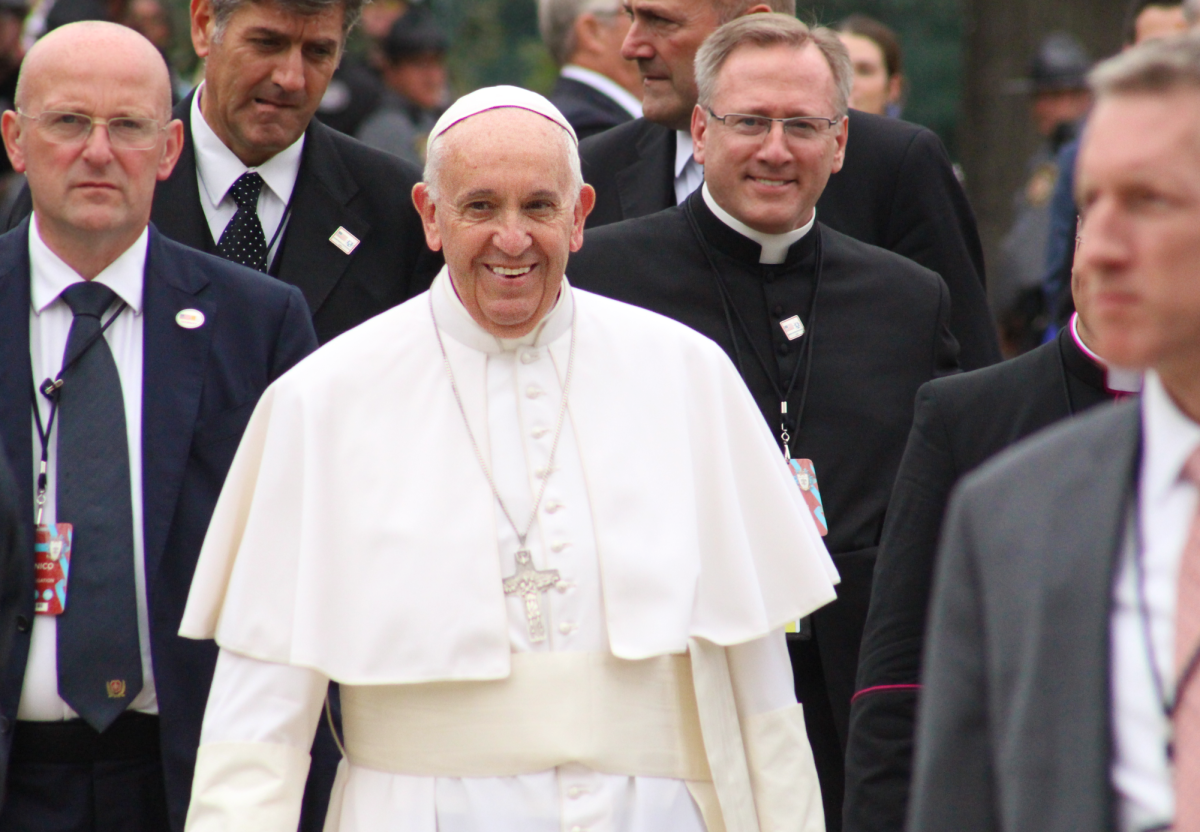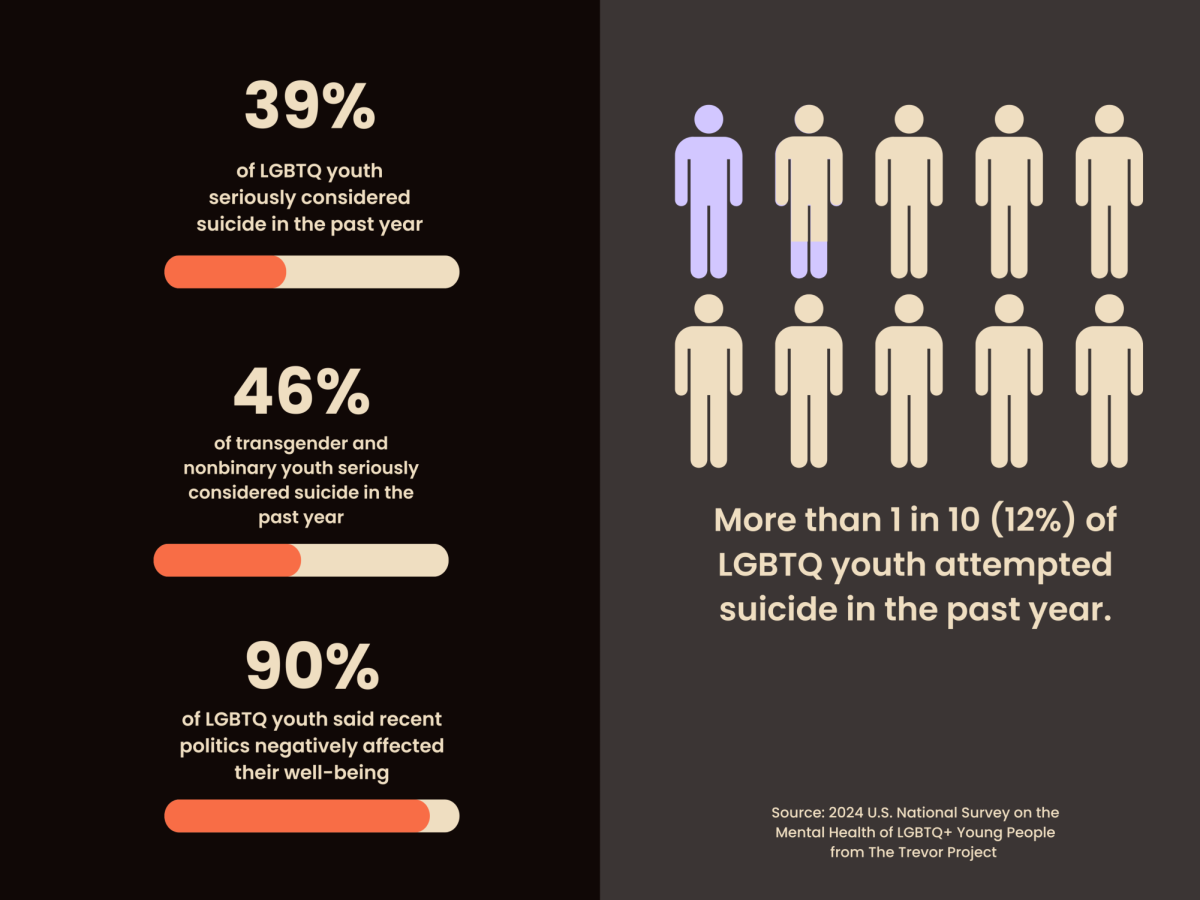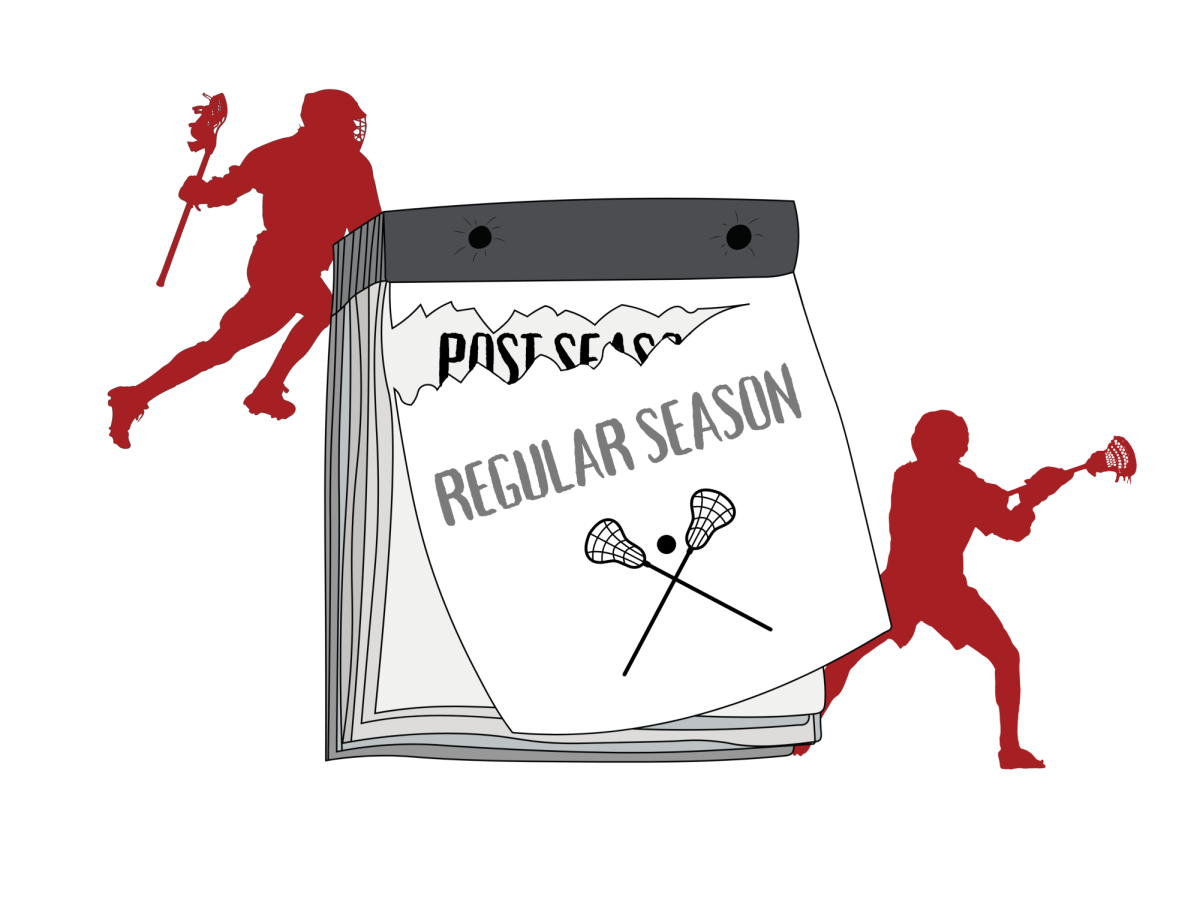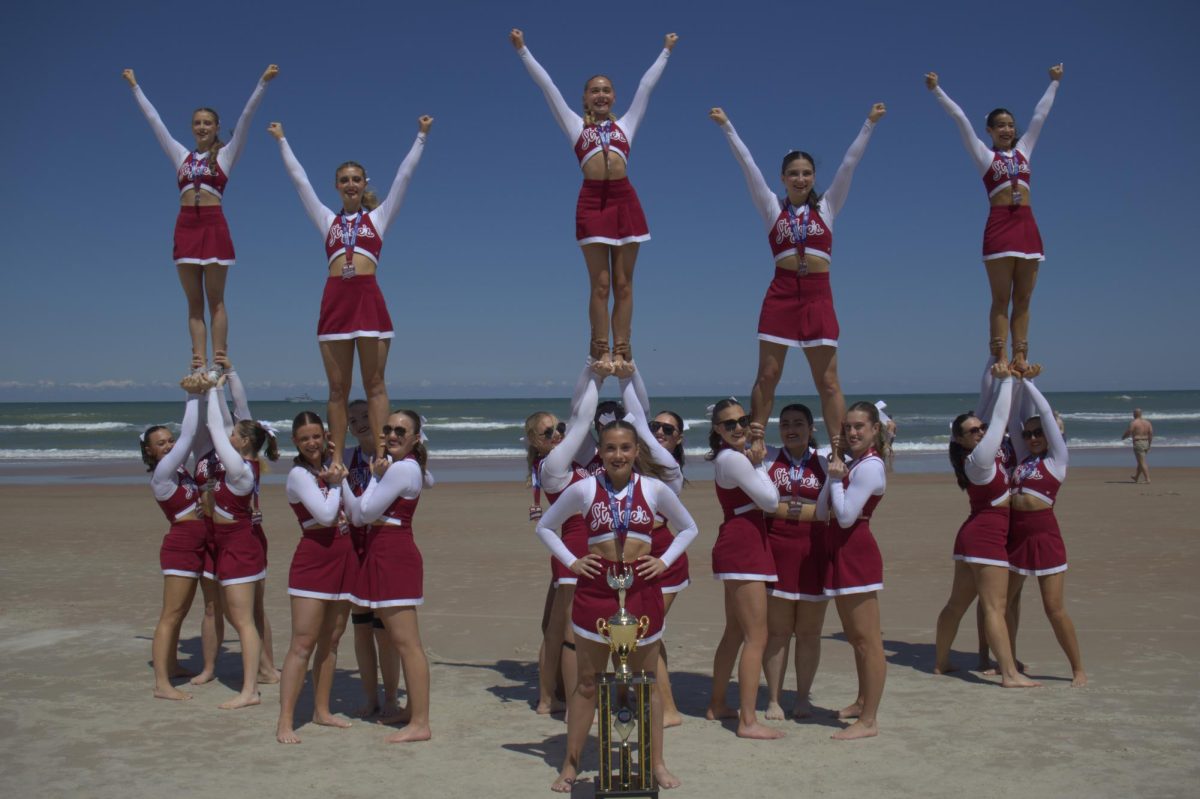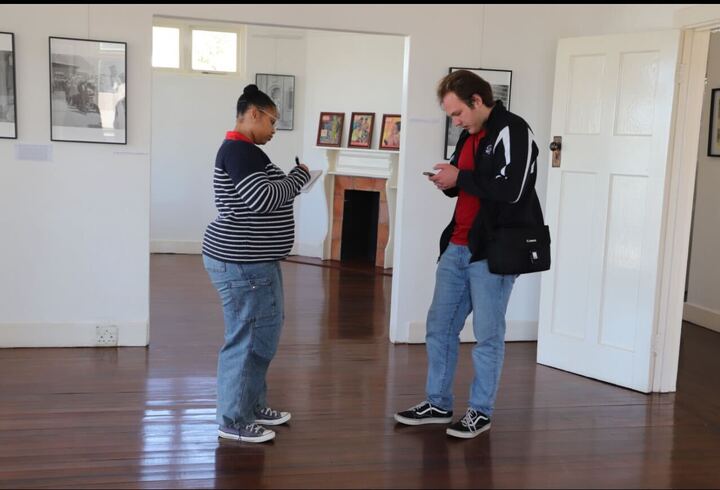Bradford Pearson ’06 returned to St. Joe’s Hawk Hill campus on Nov. 18 to read from and discuss his book, “The Eagles of Heart Mountain: A True Story of Football, Incarceration, and Resistance in World War II America,” published last year.
Pearson’s work examines topics from Japanese American incarceration to his own kidnapping close to campus when he studied here at St. Joe’s. He has written for the New York Times, Esquire, Time, and Men’s Health magazines. He’s currently the features editor for Philadelphia Magazine and a contributing writer for the New York Times Special Projects team.
“The Eagles of Heart Mountain” is Pearson’s first book. In it, he examines the tribulations of the 120,000 Japanese Americans that were forced out of their homes by the United States government during World War II.
Specifically, Pearson tells the story of the incarcerated Japanese Americans that were sent to the Heart Mountain Relocation Center in Wyoming, where they faced freezing winters and failing crops. He focuses on a group of teenagers from the camp’s high school football team, the Eagles, that went undefeated in its first season against predominantly white high schools. As the team’s second season kicked off, the young men faced a choice to either join the Army or resist the draft. Teammates were divided, and some were jailed for their decisions.
“I realized pretty quickly in my research that there’s a universality of this story, not just because of the people, but because the main characters are all teenagers,” Pearson said. “And so telling the story through those actions, through their decision making and thinking about, ‘what if you had to be pulled from your friends and from your high school to be sent to this camp?’ Once I figured that out, it cracked everything open for me in terms of figuring out how to actually write the book.”
Pearson noted that his book was a “culmination”of his international relations degree from St. Joe’s.
“This book and the research of this book have dragged me through all sorts of different topics that I’d studied at St. Joe’s, whether that was the economic ramifications of incarceration, or international law migration patterns,” Pearson said. “I specifically remember when I was researching this book, I’d sit at home and get started on pulling down books from Dr. Warren’s class about migration and immigration. And these books not only helped me factually, it helped me emotionally too.”
While the book includes the story of the football team’s victory, that is only a portion of Pearson’s 90,000 words.
“I had to add so much more history than I originally thought I would do, which served to be a really good opportunity,” Pearson said. “I think this book is this Trojan horse, where if I can get a football team on the cover of a book, I can convince people to pick it up and then actually make the book about immigration and Japanese American history and Los Angeles history and migration.”
Pearson said a majority of the book is made up of sourcing and explaining where he got his information to ensure that he didn’t include false or biased information.
“The Japanese American community welcomed me into that community and trusted me with their stories,” Pearson said. “I owed it to them to not only research the story down to the most minute details, but I really wanted to ensure that I got every single detail right.”



